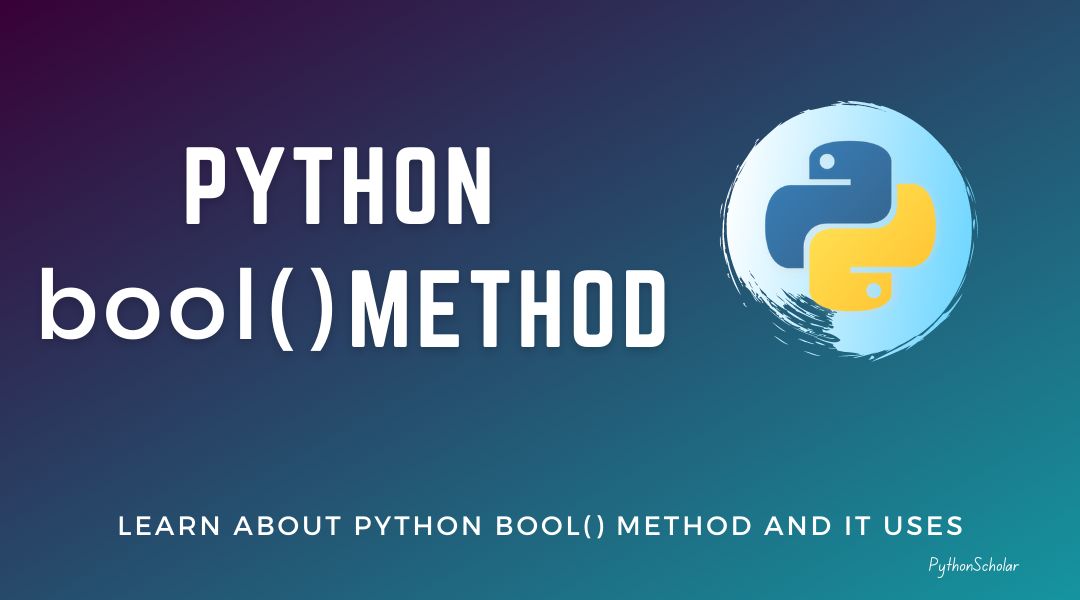In this tutorial, we will learn about the python bool() method and its uses.

What is Python bool() Method?
The bool() is a built-in Python method that returns the boolean(True or False) value of a specified given object using python’s standard truth testing procedure.
The syntax of bool() method is:
Python bool() parameters
The bool() has no specified parameter; it is not mandatory to pass a value to the bool() method.
Let see an example of the bool() method.
Example 1: Using bool() method.
The output will be as follows.
The following values are always considered false in Python:
- None will return False as it is a Null value.
- False will also return False as output.
- Empty Sequence and mapping like (),[],’’ and {} will return False.
- objects of Classes which has __bool__() or __len()__ method which returns 0 or False
All other values except these values are considered true.
Rules of bool() method.
- If the value is not empty and has any true value, it will return True.
- If the value is empty and has no true value, it will return False.
